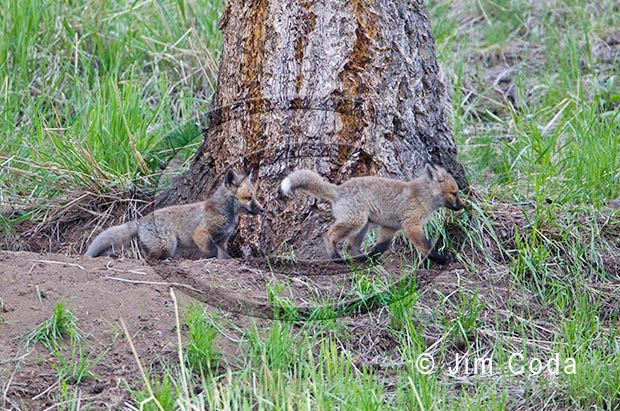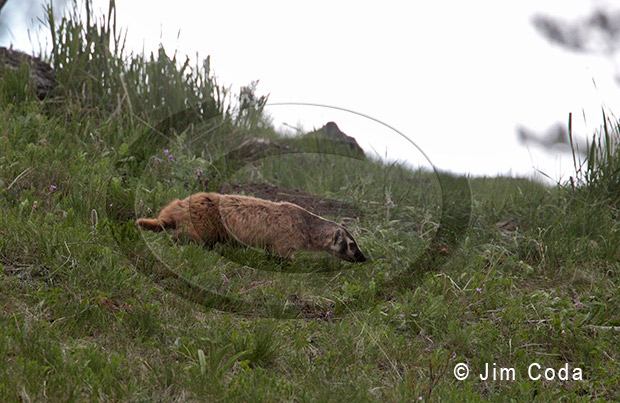A Day At Point Reyes National Seashore

I went to Point Reyes a couple of days ago. It had been a while. When I arrived I quickly spotted a bobcat. It was too far to photograph so I waited a bit to see if it would move my way. It didn’t so I drove on. I quickly spotted another a short distance past the first one. See photo above. He looked like a bobcat I used to see and photograph frequently on another ranch in 2011. I decided to try to get closer to him. Just as that thought came to mind a coyote moved into view behind the bobcat. I focused on the coyote and it was quickly joined by another. And then another. That’s right, a pack of coyotes. I’ve seen three coyotes together several times before at Point Reyes and assume these guys are the ones I’ve seen previously. Usually, I only see a single coyote.
I wondered whether the bobcat saw them and so pulled my eye away from the camera back to look at him. He certainly had. He was doing a fast crawl toward me and my car and his belly was almost touching the ground. Unfortunately, I wasn’t able to photograph him as he was already very close to the rear of my car. I re-focused on the coyotes.

They were feeding on something in the soil. I’ve seen this behavior before. They’re definitely not feeding on rodents. I think they’re after insects, or maybe worms, and it might be that they’re finding them under cow pies. I’ll have to start kicking over cow pies and checking them and also checking the soil under them. Really. I’m curious.
After photographing these coyotes, mostly as individuals, I headed for Drake’s Bay. One thing I look for on that trek is elk along the road to Drakes Bay. Sure enough, a herd of bulls was hanging out not far from the intersection of Sir Francis Drake Boulevard and the road down to Drakes Beach. Two of the dozen or so bulls were in the pasture closest to Sir Francis Drake Blvd. I wondered how they had gotten into that fenced pasture. My first thought was they got through a break in the fence. Then one of them started walking along the fence that separated the two pastures. I figured the fence may be damaged somewhere along there. I also wondered if it could jump the fence. It looked pretty high to me. See photo below. It’s looks like it’s a few inches below the bull’s jaw. I was a little worried because many wild mammals have died trying to cross fences.

After a moment or two I decided it wasn’t going to jump soon so I started photographing the others. As often happens with my luck, it jumped right after I took my eyes off it. So, I decided to stick with it and watch the other bull to see if it would jump.

By sticking with it I was rewarded. He cleared it no problem. Like I said though, sometimes they don’t. I don’t think a deer could clear that. Whenever I see them cross fences they go between the strands of wire. I’ve noticed at Point Reyes that the fencing seems to vary all over the place in terms of how high the top wire is and how low the bottom wire is. A good wildlife fence shouldn’t be too high on the top strand or too low on the bottom strand so wildlife can go over or under them. There are several articles on the internet about constructing livestock fences that are wildlife friendly. For one such article click here. As the article points out, top wires should never exceed 42 inches in height and bottom wires should never be lower than 16 inches. Preferably, the top and bottom wires should be smooth, not barbed.








